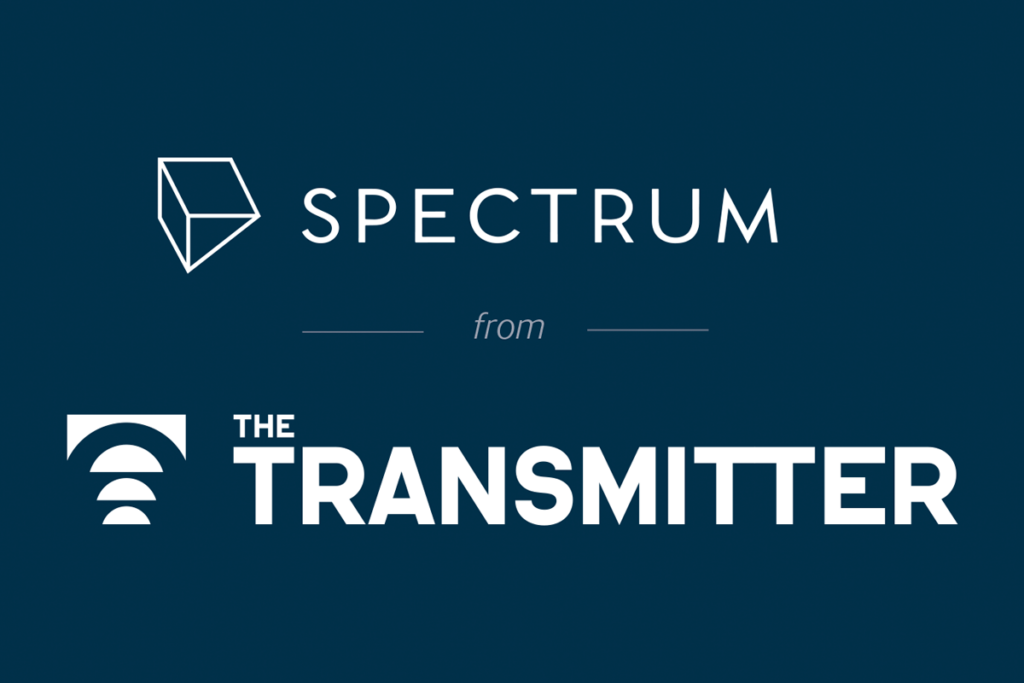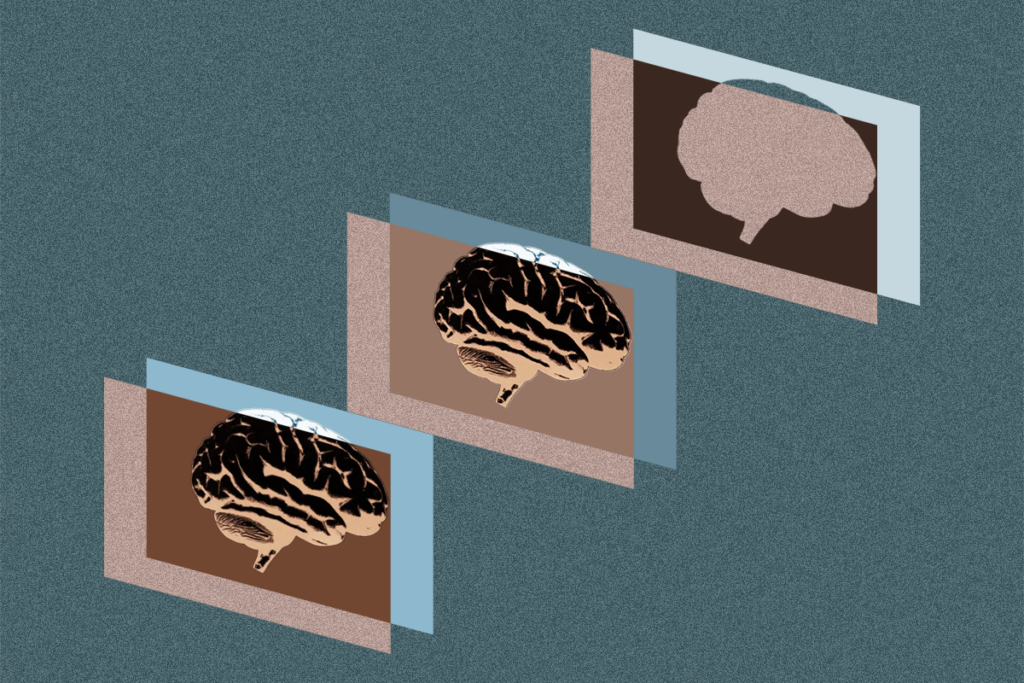Jessa Netting
Former News Editor
SFARI.org
From this contributor
Mice with chromosome 16 deletion have faulty brain circuits
Researchers have linked defects in the dopamine brain circuit to behaviors of a new mouse model of the 16p11.2 deletion. In a study in the 16 May Cell Reports, they suggest that the mutation alters the brain’s regulation of dopamine and may be responsible for behavioral problems, including autism.

Mice with chromosome 16 deletion have faulty brain circuits
Network of autism-linked proteins reveals new interactions
Researchers have mapped interactions between hundreds of variants of proteins made from known autism risk genes, they reported 11 April in Nature Communications. The highly connected network reveals that autism genes tend to interact with each other and with many more partners than suspected.

Network of autism-linked proteins reveals new interactions
Genetic background may alter behavior of autism mice
Differences in the background genetics of mouse strains may modify the effects of autism genes, suggests a study published 11 March in Autism Research. The study looked at the behavior of mice with a mutation in neuroligin-3, a strong autism candidate gene.

Genetic background may alter behavior of autism mice
Repetitive behavior in toddlers may signal autism
Children who show several repetitive behaviors — such as flapping their hands or spinning their toys — at their first birthday have nearly four times the risk of autism of children who don’t show repetitive behaviors. That’s the conclusion from a study published in the March issue of the Journal of Child Psychiatry and Psychology.

Repetitive behavior in toddlers may signal autism
Algorithm uncovers autism syndromes’ fingerprints
An artificial-intelligence algorithm designed to analyze behavior has learned to recognize six genetic disorders associated with autism, according to a report published 11 February in Molecular Autism. The algorithm could be used to hone the search for autism’s genetic underpinnings.

Algorithm uncovers autism syndromes’ fingerprints
Explore more from The Transmitter
Exclusive: Recruitment issues jeopardize ambitious plan for human brain atlas
A lack of six new brain donors may stop the project from meeting its goal to pair molecular and cellular data with the functional organization of the cortex.

Exclusive: Recruitment issues jeopardize ambitious plan for human brain atlas
A lack of six new brain donors may stop the project from meeting its goal to pair molecular and cellular data with the functional organization of the cortex.
How pragmatism and passion drive Fred Volkmar—even after retirement
Whether looking back at his career highlights or forward to his latest projects, the psychiatrist is committed to supporting autistic people at every age.

How pragmatism and passion drive Fred Volkmar—even after retirement
Whether looking back at his career highlights or forward to his latest projects, the psychiatrist is committed to supporting autistic people at every age.
The brain’s quiet conductor: How hidden cells fine-tune arousal
New research published today suggests that the pericoeruleus acts as a kind of micromanager of arousal, selectively inhibiting different subgroups of locus coeruleus neurons depending on the behavioral context.
The brain’s quiet conductor: How hidden cells fine-tune arousal
New research published today suggests that the pericoeruleus acts as a kind of micromanager of arousal, selectively inhibiting different subgroups of locus coeruleus neurons depending on the behavioral context.